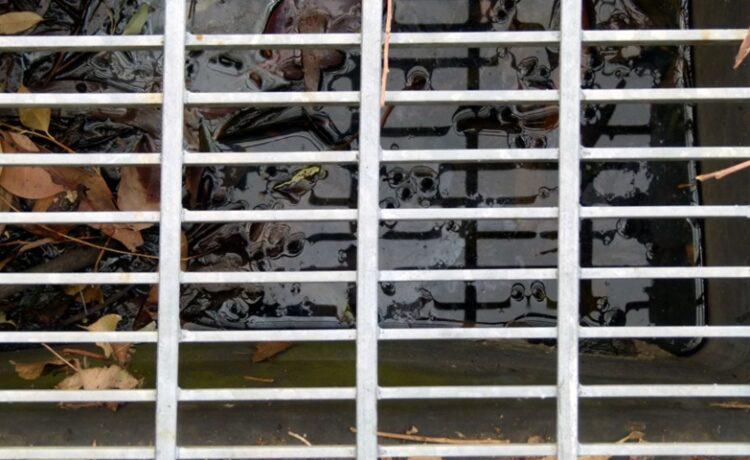Do you often wonder where all the water goes during a heavy downpour or how malls and public spaces manage to effectively drain all that water to avoid flooding? Allow us to introduce you to the fascinating world of trench drain systems, which play a vital role in effective water management. In this article, we will explore the different components that make up these systems and help you understand their importance for maintaining proper drainage to avert potential disasters.
What is a Trench Drain System?
A trench drain system is essentially an open-topped, narrow, and linear drainage solution embedded into flat surfaces, such as pavements or floors. This system effectively collects and redirects water or any other liquid waste, helping prevent flooding or standing water in public and private spaces.
You may have come across these drains in parking lots, sidewalks, kitchens, and even around pool decks. To know more about trench drain systems, check out this informative blog on trench drain systems and their most popular uses. It will give you a better idea about them and how they can help you maintain a safe and dry environment.
Components of a Trench Drain System
To fully appreciate their function, let’s delve into the various components that make trench drain systems so efficient:
1. Trench Channel
The trench channel serves as the foundation and the primary working element of the system. They are typically made of materials such as polymer concrete, HDPE, and fiberglass to ensure durability and longevity. The channels are also designed with a slight slope to facilitate the flow of water.
2. Grates
Grates sit on top of the trench channels, providing a protective barrier while allowing water or liquids to pass through. They come in a variety of materials, such as cast iron, stainless steel, and plastic, and in different shapes and sizes to suit various needs and design preferences.
3. Catch Basins
Catch basins are a crucial component of the system as they collect debris and sediment carried by the flowing water. By capturing these solid materials, they prevent blockages and damage to the drainage pipes.
4. Outlet Pipes
The pipes connect the trench drain system to the main sewer or stormwater management system, enabling the discharge of collected water and preventing its accumulation.
5. Installation Accessories
It includes items such as end caps, channel couplers, and rebar clips that help secure and put the trench drain system in place.
To Wrap Up
Understanding the components of trench drain systems can help you better appreciate the importance of these drainage solutions. They play a key role in managing water resources effectively, providing cleaner surroundings, and avoiding the potentially disastrous consequences of flooding. The next time you come across a trench drain system, take a moment to observe and appreciate its essential function in keeping our public spaces safe and dry.

